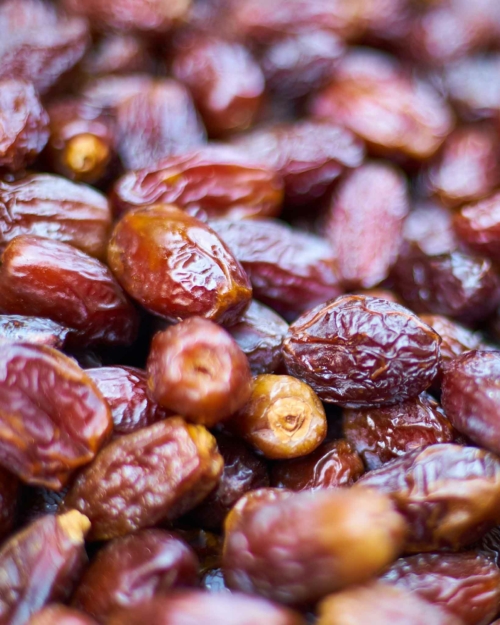Do you dream of making mermaid smoothie bowls and unicorn toast but want to avoid the nasty additives? Well you’ve come to the right place! Here is your Ultimate Guide to Natural Food Colourings.
Mermaids. Unicorns. Rainbows.
Multi-coloured food is EVERYWHERE at the minute.
You can’t so much as take a 1 second sideways glance at your Instagram feed without being swept into the colourful swirl of a dreamy smoothie bowl.
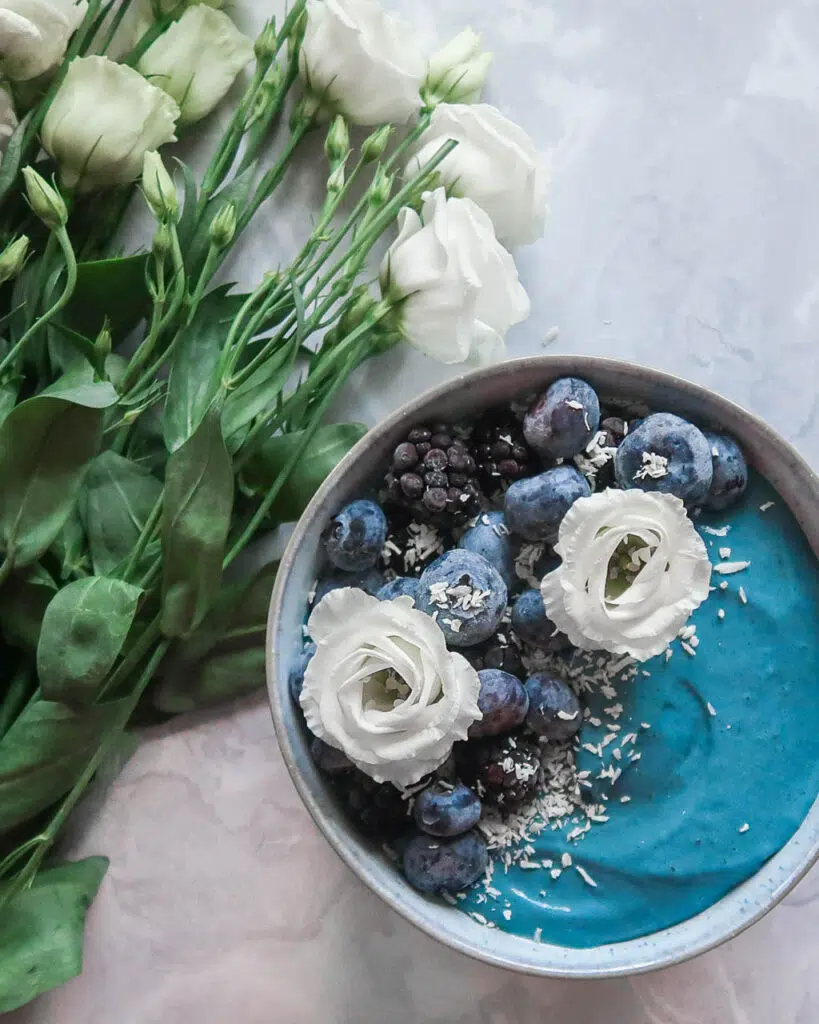
Have you ever wondered just how @naturally.jo gets his nice cream the colour of a mermaid’s tail?
Do you dream of making unicorn toast but want to avoid the nasty additives and opt for a natural, plant based food colouring instead?
What about pastel coloured cashew mylks, lined up in miniature milk bottles, just like @wellandvibrant? #goals
Well you’ve come to the right place! Here is your Ultimate Guide to Natural Food Colourings:
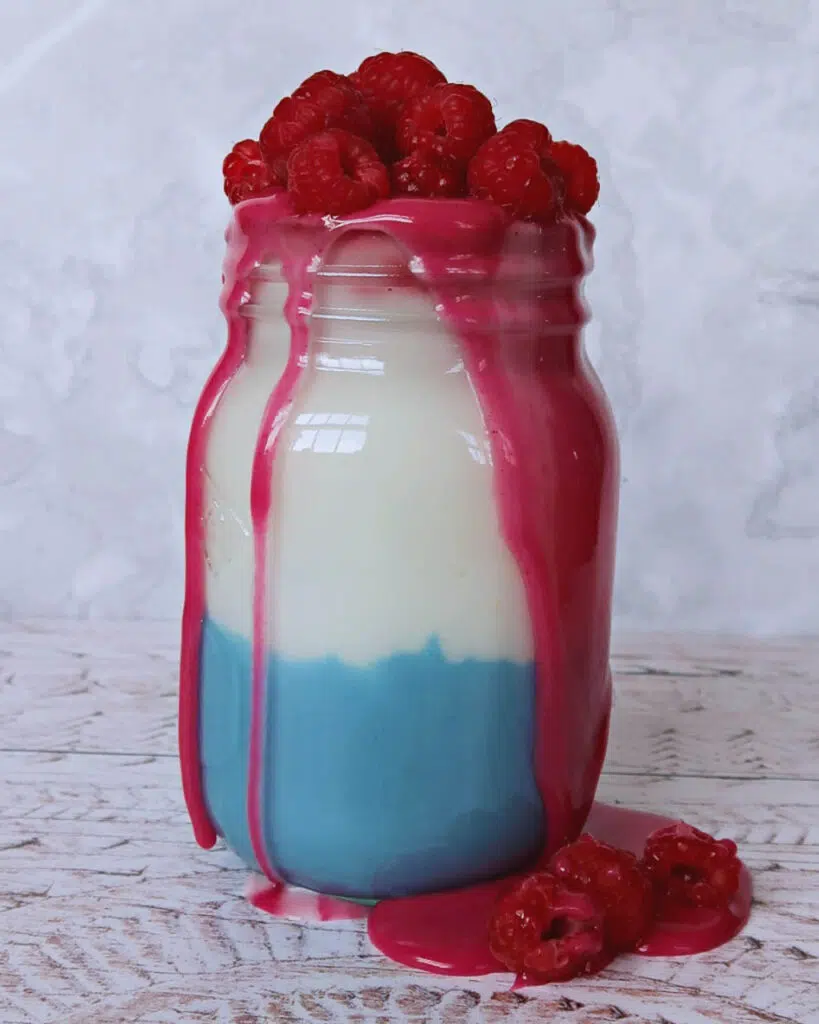
Pink
To get a smoothie pink enough to rival a dragon fruit, get your hands on some beetroot powder. It’s easy to come by, tastes great in anything sweet or savoury and you only need a teensy bit to give you a brilliant colour.
You could also try pitaya powder, which is made from the wondrous dragon fruit itself, but it’s slightly harder to come by in the UK.
Of course, if you’re whipping up a batch of silky smooth nice-cream, just chuck in some fresh strawberries and voila! The easy peasy way to a pretty pink bowl of deliciousness.
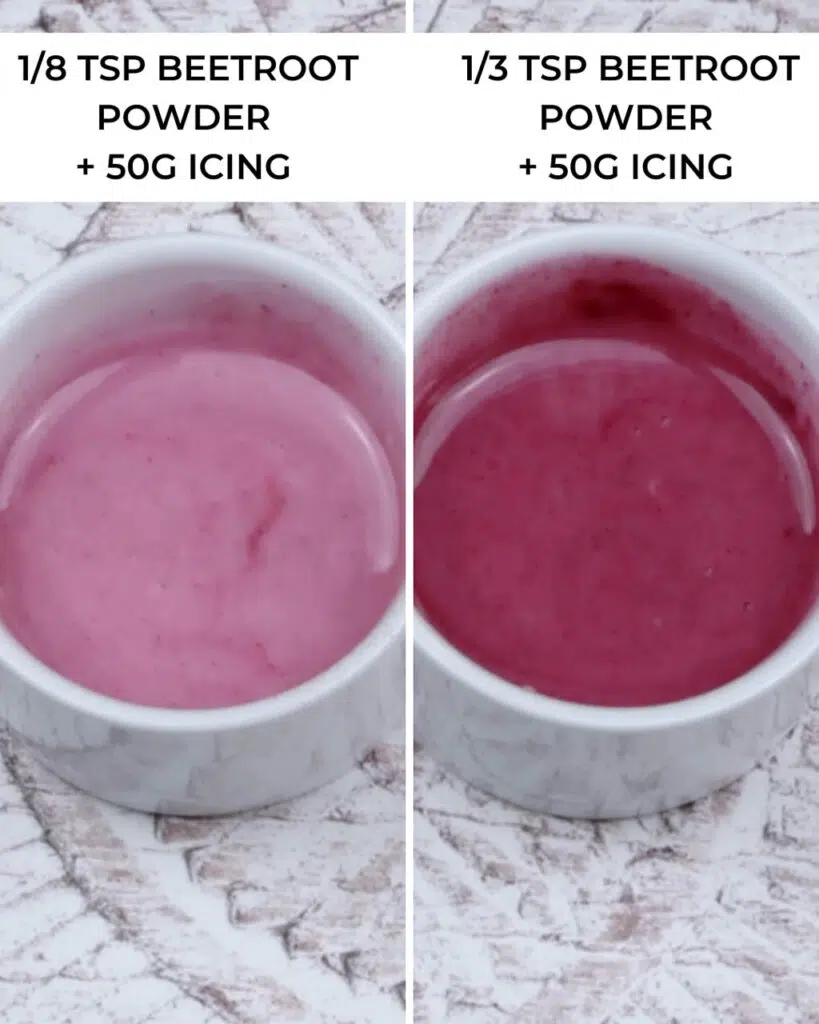
Purple
If you’ve ever seen an acai bowl, you’ll know this deep purple berry is the only thing you need if purple food is your thing. If you have not seen an acai bowl before… who even are you and which planet have you come from?
Acai berry powder works best if you mix it with a little warm water first, but if you don’t mind a bit of a speckled colour feel free to use it straight from the jar.
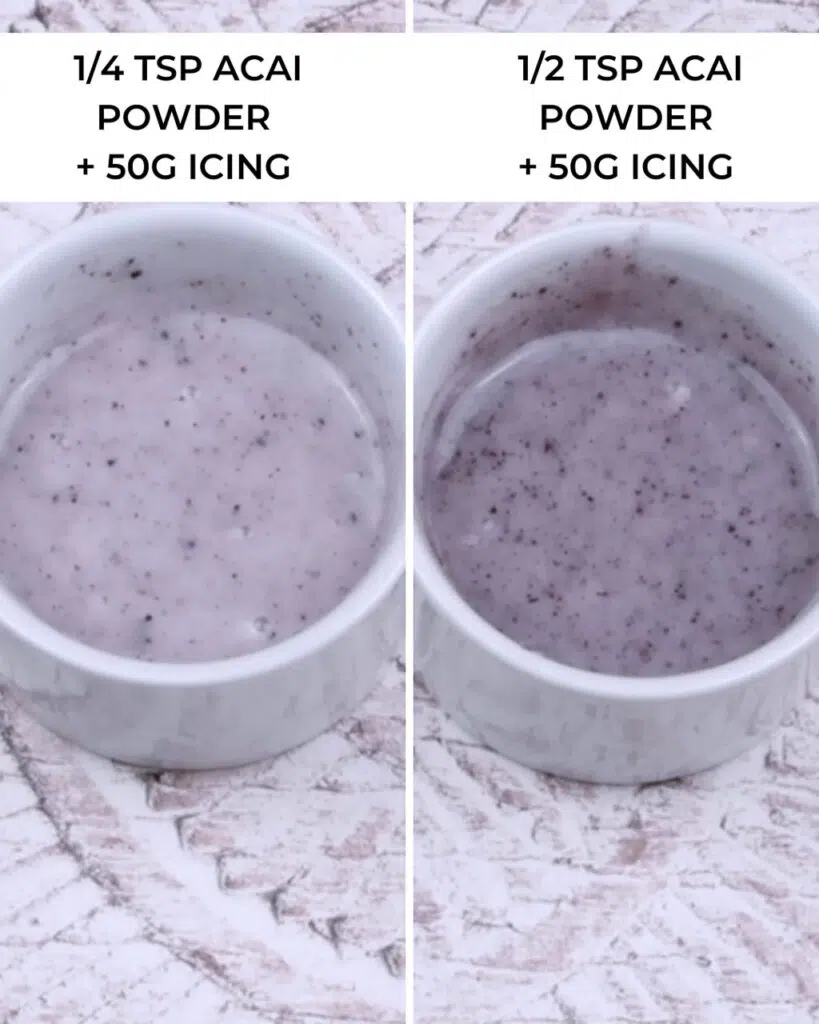
Another alternative is blueberry powder, which I’ve found to be more purple than blue and is good for achieving a lilac colour.
Mix either with a tiny pinch of beetroot powder if you are looking for a punchier purple.
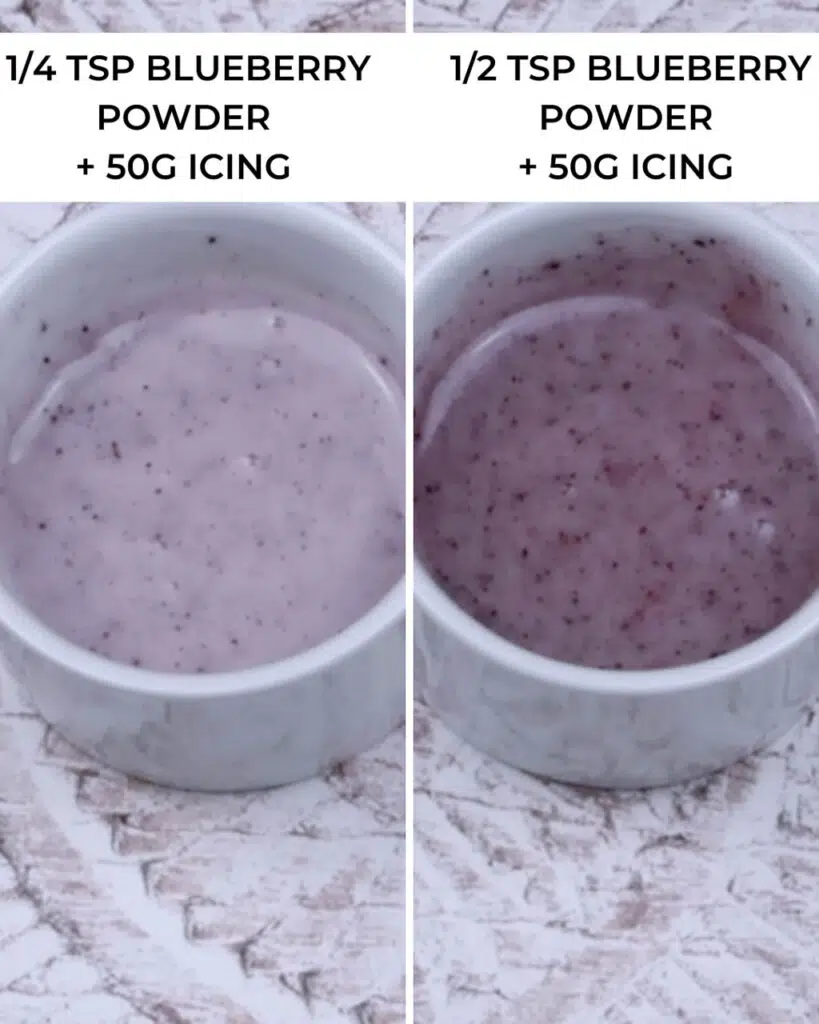
Blue
The holy grail of all natural food colourings is Blue Majik, which is a blue spirulina. It gives you the most incredible blue colour which can range from pastel to deep blue depending on how much you use.
To give you the best flavour, opt for baby blue because once you add enough to give you a deep blue colour, the flavour of the spirulina starts to come through.
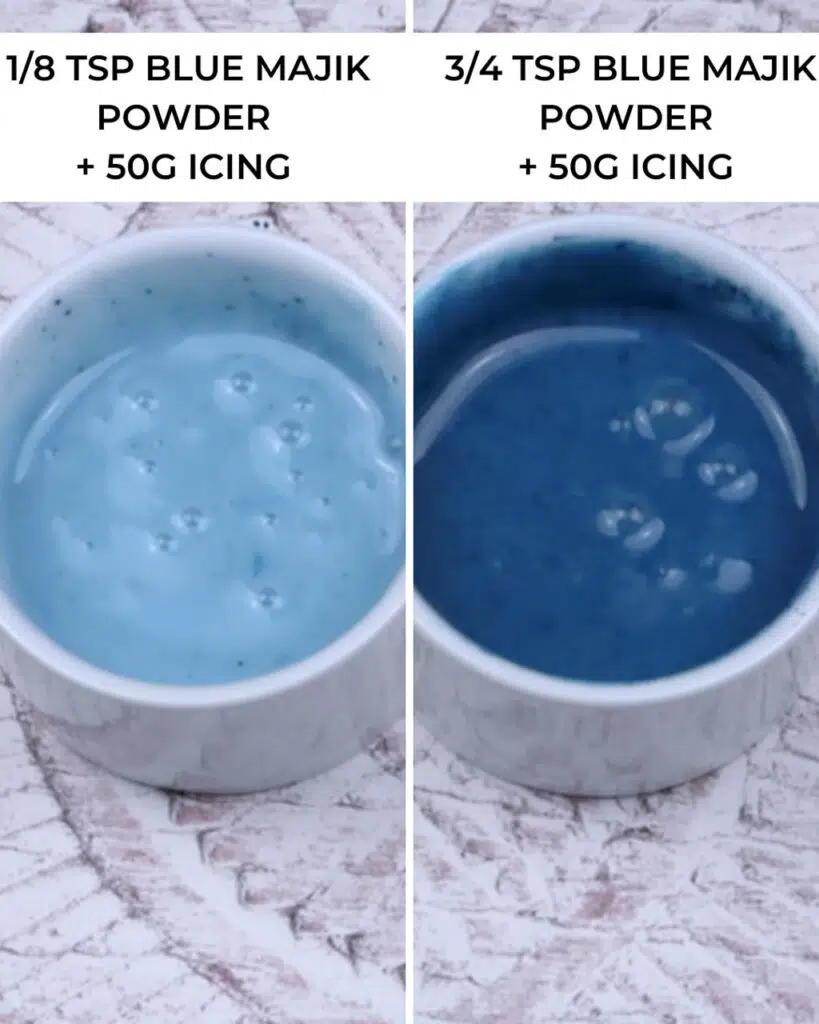
Green
Matcha latte anyone?

If you are wanting a green buttercream to top your vegan cupcakes or cheesecake, look no further than matcha green tea powder. Not only does it make a delicious drink, it’s also the perfect natural food colouring.

If mermaid nice cream bowls are your jam, try mixing matcha and blue magik together.
Matcha tends to give you an olive green colour. If you are looking for more of a forest green, try green spirulina.
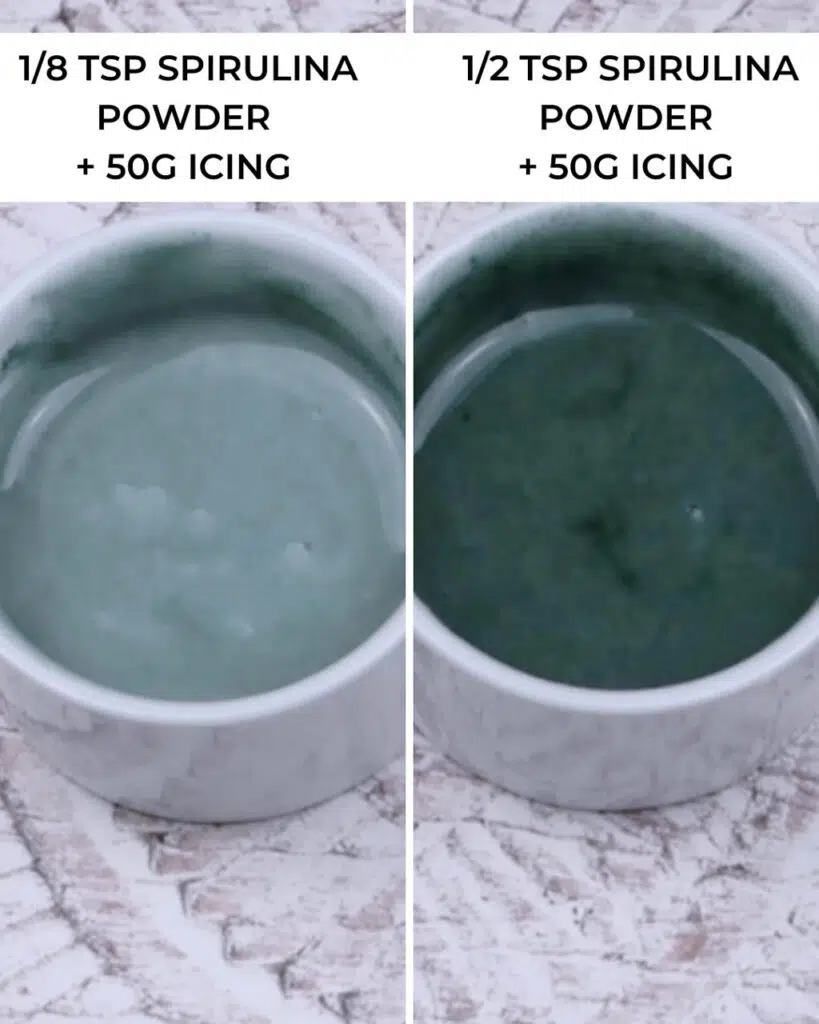
Yellow
One of this worlds most incredible superfoods, turmeric is the answer to all of your golden food dreams.
Add a teensy bit to give you a pastel yellow or a tsp or so to give you a deep golden yellow. Be careful though, this stuff stains eeerrrthang!

Also, whilst you are here, make sure you check out my recipe for The Perfect Turmeric Latte – it’s absolutely blinking delicious!

Orange and Red
For orange, go heavy on the turmeric, of if you are looking to go deeper into the reds, try a tiny pinch of beetroot powder as well as turmeric. This will give you a warm and fuzzy sunset glow.
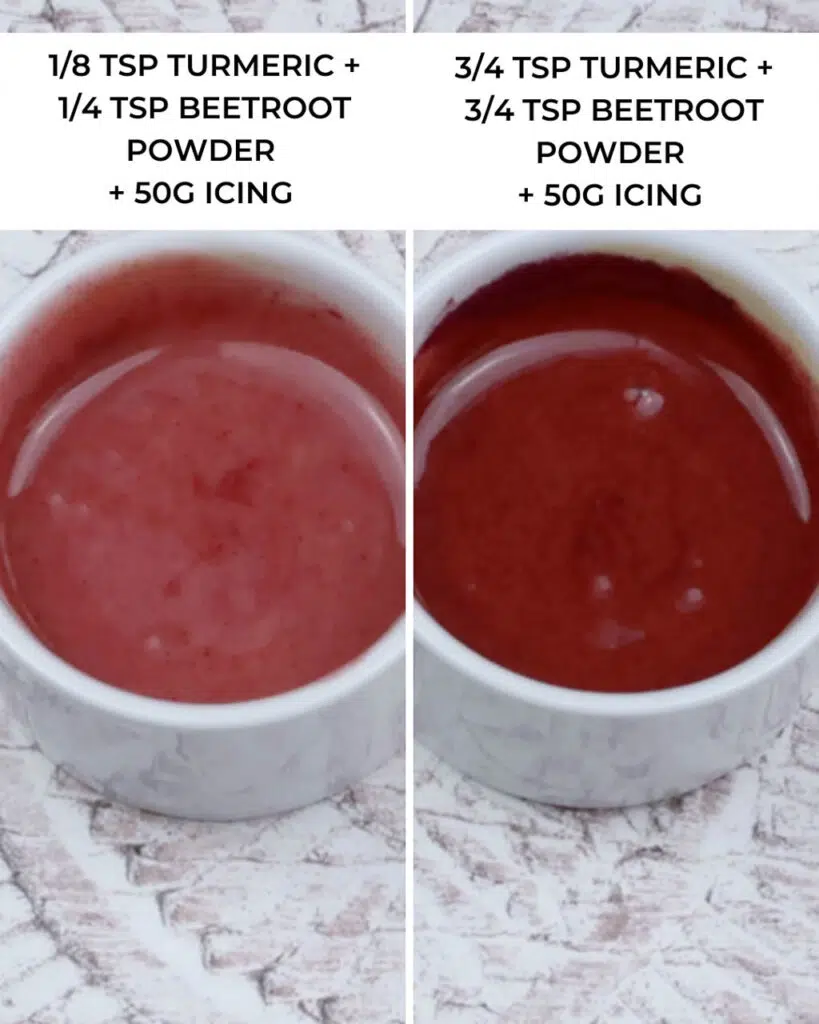
As with all of these powders, if you are wanting a smoother finish, be sure to dissolve them in a little warm water first.
Black
Activated charcoal is the go-to for black food colouring – it’s so strong in fact you might even struggle to get grey (if thats what you are going for)! You need only the smallest amount to give you a deep, spooky black.

Run free my little unicorn-bakers and HAVE FUN!




